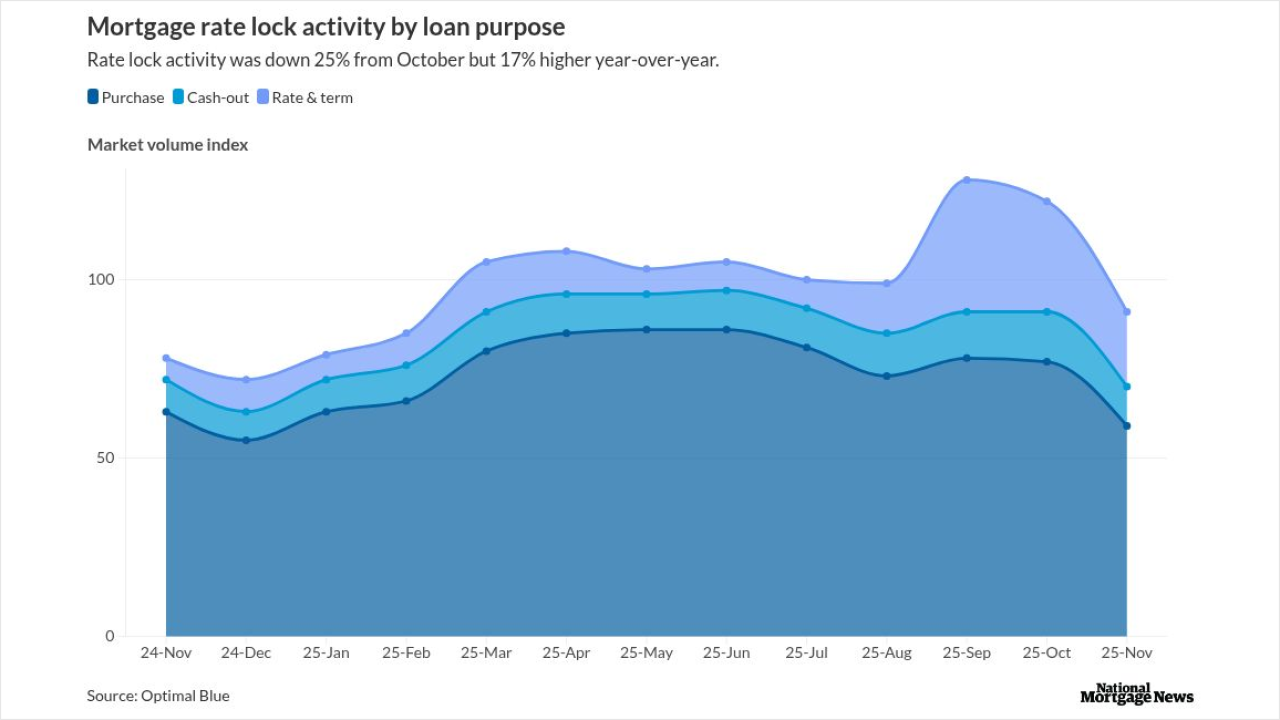A spike in coronavirus infections through the U.S. holiday shopping season could trigger more bankruptcies from retailers, even after the biggest surge in Chapter 11 filings on record this year.
Retail businesses, already squeezed by changing consumer habits and the rise of online behemoths like Amazon and Walmart.com, are required to follow state and federal regulations to curb the spread of the virus during what’s normally the busiest buying period of the year. After the traditional Black Friday and Christmas shopping sprees, some may opt to file for bankruptcy if they don’t bring in enough cash to survive.
“Retailers that have not developed strong access to online commerce may suffer significantly as we close out 2020,” said Jay Indyke, chair of law firm Cooley LLP’s bankruptcy and restructuring group. “For those businesses, bankruptcy may be a viable forum in which to seek various forms of rent relief and to negotiate with key stakeholders,” Indyke said.
Retailers have to adjust to serve shoppers during this unprecedented time, with Covid-19 cases on the rise and regulations limiting the number of in-store customers.
Distressed Backlog
“Stores must commit resources to observing social distancing guidelines and providing a safe environment for their customers,” said Cullen Speckhart, partner at Cooley focused on business restructuring and reorganization. “These adaptations can be costly, adding further burdens to the balance sheets of retailers that may already be suffering due to shifts toward e-commerce platforms,” she said.
So far in 2020, there have been 36 bankruptcies by retail companies that have over $50 million in liabilities, the most for any comparable period on record, data compiled by Bloomberg show. Consumer discretionary businesses accounts for almost a third of all 2020 filings, compared to about 20% for energy, and retail is the third biggest sector for distressed bonds and loans.
“There is still a backlog of companies under stress that need to work through restructurings we haven’t seen, plus others currently impacted by Covid-19 that will all contribute to an increase in the number of filings going into next year,” said Ingrid Bagby, partner at Cadwalader Wickersham & Taft.
“Companies have taken on a lot of debt to survive the pandemic, but it’s not clear if that’s sustainable going forward” given the uncertainty ahead, she said.
Distress Dips
There were four Chapter 11 filings by companies with more than $50 million in liabilities in the week ended Nov. 14. They included
There have been 225 bankruptcy filings year-to-date by companies with more than $50 million in liabilities, according to data compiled by Bloomberg. That’s the most since 2009, when there were 266 in the comparable period.
The total amount of distressed bonds and loans traded fell 6.5% to about $236 billion -- including about $18 billion of retail debt -- as of Nov. 13. That’s down from a total of $935 billion in March, Bloomberg data show. Volume of distressed bonds dropped 11% while troubled loans swelled 4.6%.
There were 479 distressed bonds from 241 issuers trading as of Monday, down slightly from the previous week. That’s significantly less than the 1,896 deals from 892 companies at the March 23 peak.
Diamond Sports Group LLC had the most distressed debt of issuers that hadn’t filed for bankruptcy as of Nov. 13, data compiled by Bloomberg show.
Several distressed companies have significant dates approaching. Nabors has an extended early and final deadline for an exchange offer and GTT will see the end of its lender forbearance.




